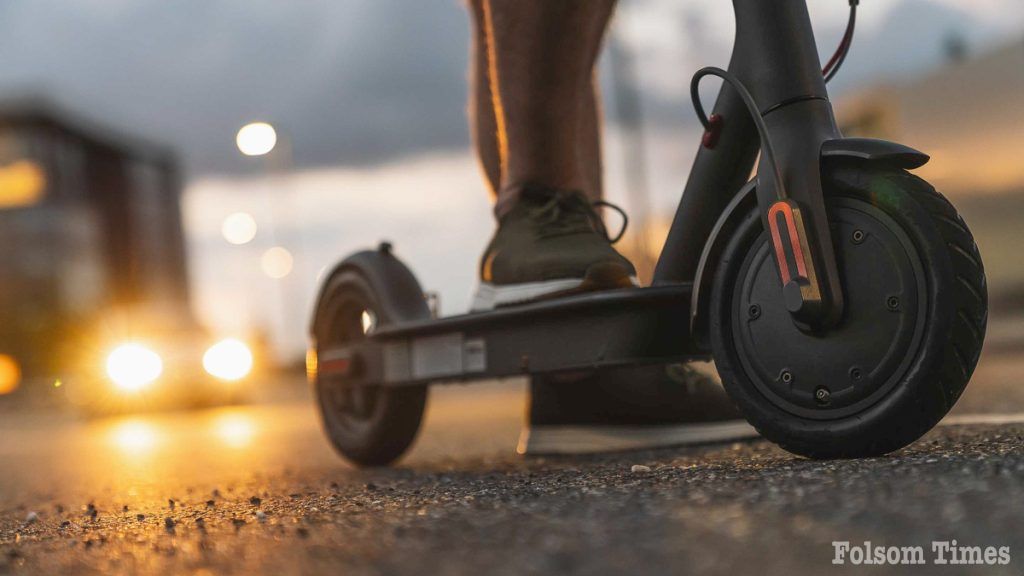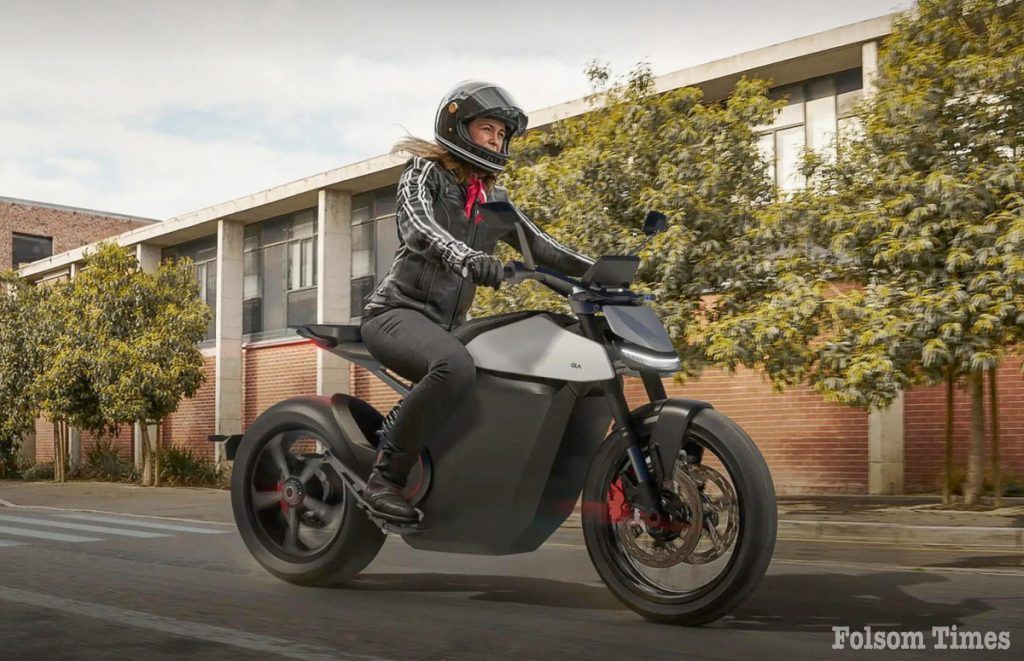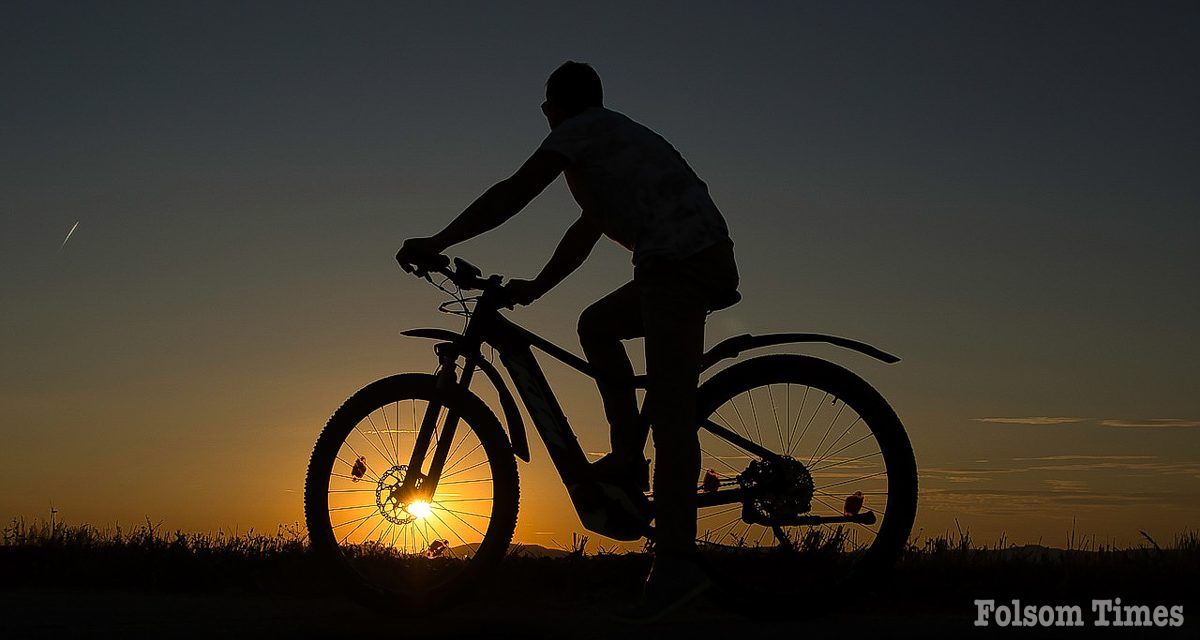Following a series of recent incidents involving electric bikes, electric motorcycles, and electric scooters, the Folsom Police Department has issued a comprehensive overview of the laws governing these vehicles. With their growing popularity, residents are urged to familiarize themselves with the California Vehicle Code (CVC) to ensure safety and compliance.
E-bikes are categorized into three classes, each with distinct rules regarding their use and rider requirements. Class 1 e-bikes are pedal-assisted, reaching a maximum speed of 20 mph. Class 2 e-bikes are throttle-assisted with the same maximum speed of 20 mph, while Class 3 e-bikes are pedal-assisted and can reach speeds of up to 28 mph.
Each e-bike must display a classification sticker at the time of sale to identify its type. If this sticker is missing, owners are encouraged to consult their bike’s owner’s manual for clarification. Riders under the age of 18 are required to wear helmets, and all riders must adhere to the city’s bike path speed limit of 15 mph. E-bikes are allowed on Class I, II, and III bike paths; however, users must follow specific trail rules to ensure the safety of both cyclists and pedestrians. The electric motor power limit for these e-bikes is 750 watts. While Class 1 and Class 2 e-bikes can be operated without pedaling, pedaling is optional for Class 2 e-bikes. Importantly, no driver’s license or license plate is required for any class of e-bike.
Electric scooters, another increasingly popular mode of transportation, are subject to similar regulations aimed at promoting safe usage. In California, e-scooter riders are required to possess a valid learner’s permit or driver’s license. Riders under the age of 18 must wear helmets, and the maximum operational speed for e-scooters is 15 mph.

These devices are not permitted on sidewalks but may be used on bike trails and bike lanes. Additionally, e-scooters are designed for single riders only, and tandem riding is strictly prohibited under California law. E-scooters must be equipped with headlights and taillights to enhance safety during low-visibility conditions. Unlike e-bikes, e-scooters have no specific motor power limit, providing flexibility in their operation.
Mopeds and motorized bicycles, defined as two- or three-wheeled devices with fully operational pedals and a motor producing less than 4 gross brake horsepower, have distinct operational requirements. Riders of these vehicles must hold a valid driver’s license with an M1 or M2 endorsement. These vehicles must be registered with the California Department of Motor Vehicles (DMV) and display a license plate. Furthermore, all riders and passengers, regardless of age, are required to wear a DOT-approved helmet. Mopeds and motorized bicycles are not permitted on bike trails, bike lanes, or sidewalks. Additionally, these vehicles must be equipped with operational headlights and taillights. Failure to comply with these regulations could result in the towing or impoundment of the vehicle. Unlike e-scooters, motorized bicycles are allowed to operate on Class II bike paths if they display a DMV-issued license plate.
E-motorcycles, which are capable of exceeding speeds of 30 mph, fall under a stricter regulatory framework. These vehicles must be registered with the DMV and display a valid license plate. Riders are required to have a driver’s license with an M1 or M2 endorsement and must carry valid insurance. All riders and passengers are mandated to wear DOT-approved helmets. Unlike other forms of electric transportation, e-motorcycles are not permitted on sidewalks, bike trails, or bike paths.

Additionally, certain off-highway e-motorcycles may not meet the registration requirements for use on California streets. These vehicles often lack essential safety features such as headlights, tail lights, blinkers, mirrors, reflectors, and horns, which are necessary for street legality. Riders should be aware that aftermarket modifications, such as adding pedals to an e-motorcycle, do not change its classification or legal requirements. Failure to adhere to the laws governing e-motorcycles can result in significant penalties, including vehicle impoundment.
Traditional bicycles differ significantly in regulatory requirements compared to their electric counterparts. Pedaling is the sole means of propulsion for bicycles, and there is no age restriction or helmet requirement for riders over 18 years old. Bicycles are permitted on all types of bike paths and are not subject to licensing or registration.
The Folsom Police Department emphasizes the importance of understanding and complying with these regulations to prevent accidents and ensure the safety of all road users. They also encourage residents to take advantage of educational resources such as the California Highway Patrol’s free online e-bike safety course, which provides valuable information on the proper use and safe operation of e-bikes. For additional questions or concerns, residents are encouraged to contact Traffic Sergeant Tim Galovich at tgalovich@folsom.ca.us.




